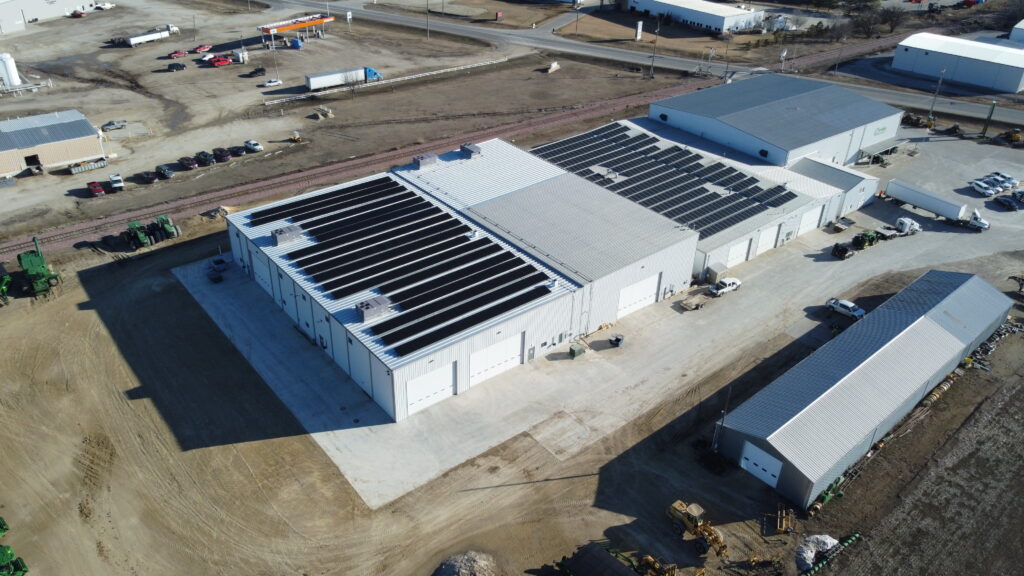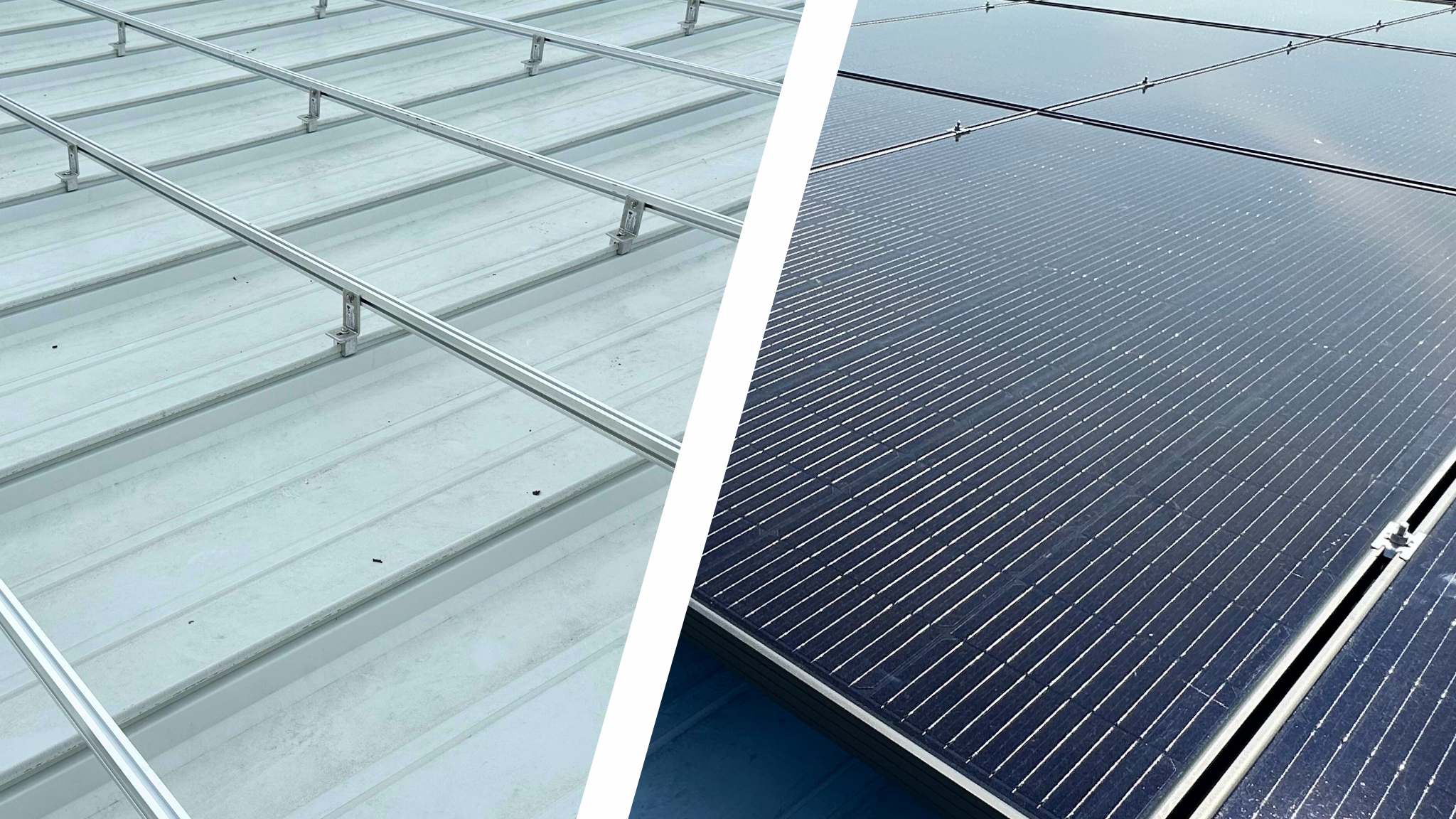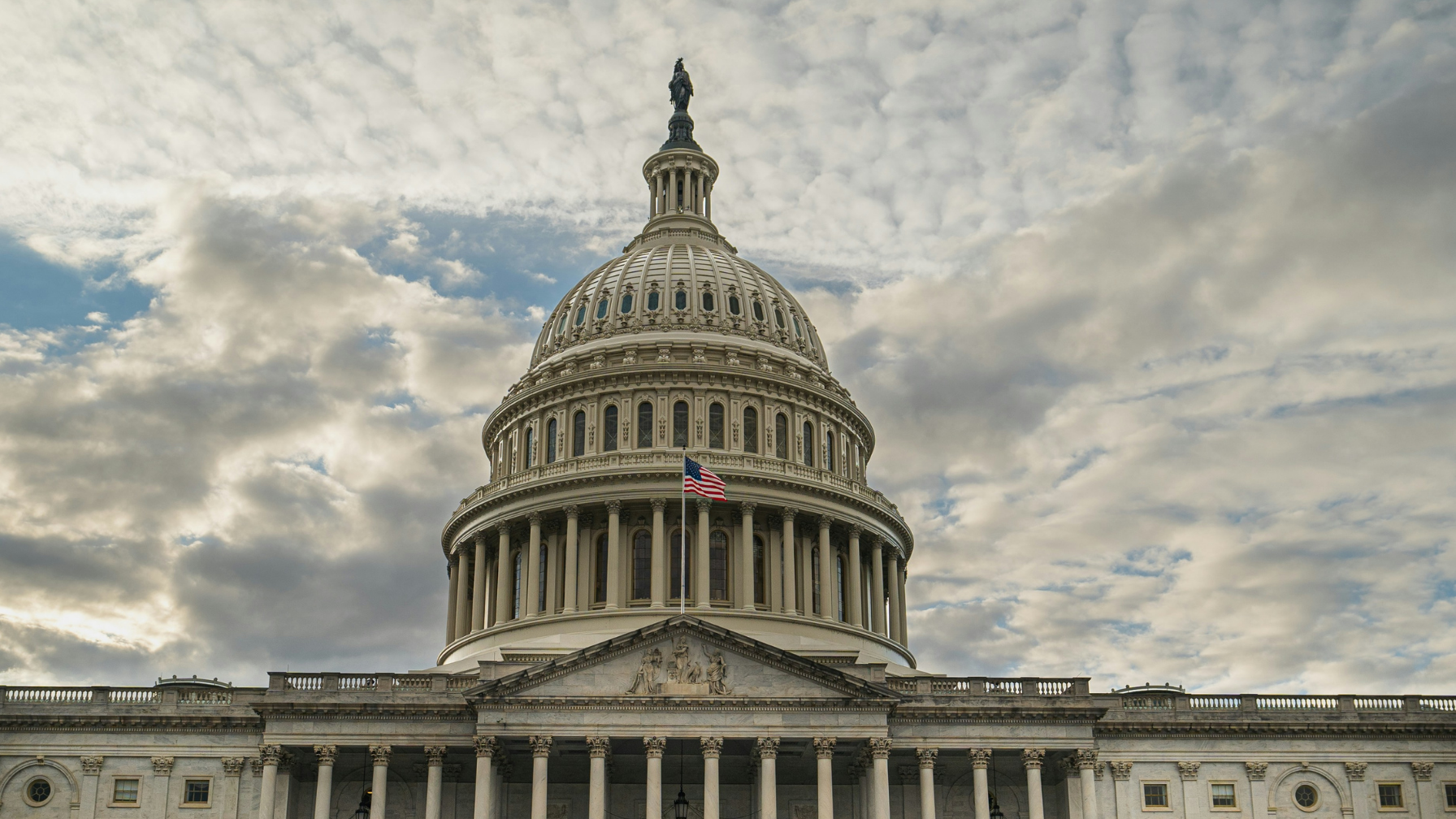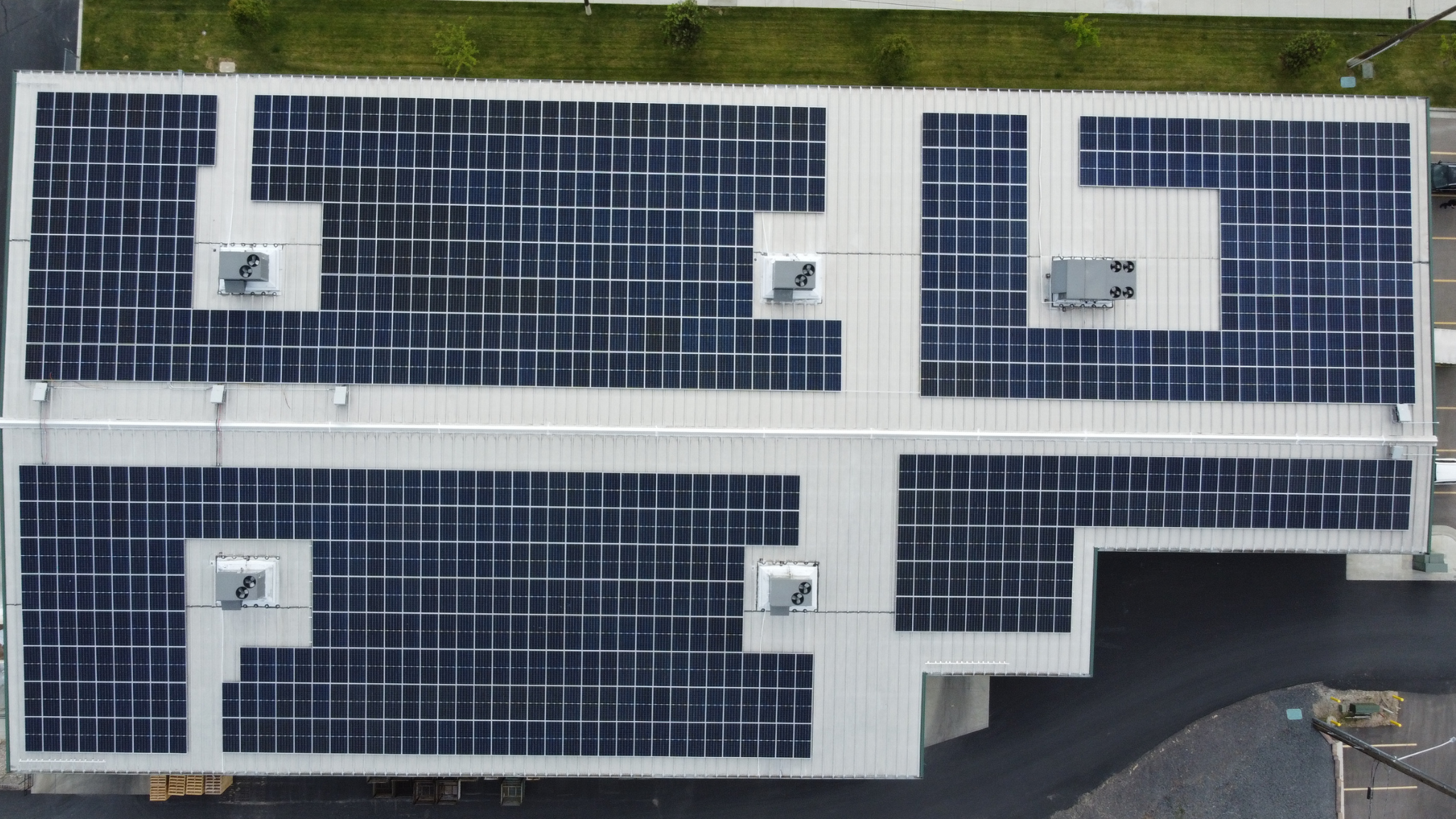Cut Operating Costs Where You Actually Can
Most commercial businesses operate on thin margins, and energy costs are one of the few variables you can control. Solar gives you that leverage.
While utility rates climb unpredictably, solar allows you to lock in stable, long-term energy pricing. It’s not just a nice-to-have—it’s one of the most effective ways to reduce operational costs for commercial businesses while strengthening energy strategy.
Here’s how to approach it.
Start With the Right Data: Your Energy Bill Is a Roadmap
Before talking about panels, look at your usage. Your energy bills hold valuable insight into what’s driving costs, especially demand charges and time-of-use pricing.
If your business consistently pulls high power loads during peak hours, those demand spikes could be eating up 30–50% of your bill. An energy audit or even a basic 12-month review helps pinpoint where solar makes the biggest financial impact.
At Artisun Solar, we don’t estimate—we model based on your actual usage, demand profile, and utility rate structure. That’s how we design systems that deliver real ROI.
Solar Cuts Costs in More Ways Than One
Let’s break down the top ways solar helps reduce operational costs for commercial businesses:
- Lower Your Utility Spend
Every kilowatt-hour your system generates is one you don’t have to buy. That adds up fast—especially in buildings with heavy HVAC, lighting, or equipment loads during daylight hours. - Flatten Your Demand Spikes
Peak demand charges can make up 20–50% of a commercial bill. With smart system sizing and optional battery storage, solar helps offset those high-load times and keeps your usage curve smooth. - Lock in Your Energy Price
Utility rates rise. Solar gives you a predictable cost per kWh for 25+ years. That’s stability you can’t get anywhere else in your operations budget.
The bottom line: Solar turns an unpredictable monthly expense into a fixed, manageable asset.
The Financial Tools That Tip ROI in Your Favor
A smart solar investment doesn’t just lower your power bill—it triggers tax benefits and accelerated returns. Here’s what’s on the table:
- 30% Investment Tax Credit (ITC)
Right now, the federal government is covering 30% of your system cost through the ITC. That’s money off your tax liability—no hoops to jump through. - Bonus Depreciation + MACRS
You can depreciate most of your solar system in year one through Modified Accelerated Cost Recovery (MACRS), which means major tax savings on top of the ITC. - State & Local Incentives
Many states offer rebates, solar-specific tax credits, or utility incentives that stack on top of federal programs.
When you put it all together, most of our clients recover 50–60% of their total project cost in year one. That’s the kind of return that makes sense on a balance sheet—not just in a brochure.
Why Solar Reduces Operating Costs Without Adding Overhead
Once your solar system is installed, it’s not a recurring burden. There’s no need to hire new staff or retrain your team. Maintenance is minimal. Warranties often cover 25 years or more.
You’re not dealing with variable supply costs, pricing negotiations, or contract renewals. The system does what it was designed to do: produce power, reduce reliance on the utility, and save your business money.
It’s one of the few capital investments that reduces costs month after month—without requiring constant oversight.
A Real-World Example: MOCAP
MOCAP, a plastics manufacturer in Park Hills, Missouri, partnered with Artisun Solar to reduce their energy overhead across two factory buildings. We installed over 4,000 panels across their rooftops—designed to offset their high daytime loads and give them long-term control over utility costs.
The goal wasn’t just to “go green.” It was to protect margins, use tax incentives to their full advantage, and build a predictable energy cost structure for the next 25+ years.
That’s exactly what we delivered. They got a custom system that works with their energy profile—and they’re now seeing consistent monthly savings that go straight back into operations.
Why Now Is the Right Time to Make the Move
The federal ITC is currently at 30%—but that rate won’t stay locked in forever. Material and labor costs are stable for now, and financing options are still favorable.
The longer you wait, the longer you stay exposed to unpredictable rate hikes—and the longer you miss out on stacking those tax savings and utility offsets.
Every month you delay is another month your utility bill eats into profits with no return.
Final Word: Energy Is One Line Item You Can Take Control Of
Most costs in business are unpredictable. Energy is one of the few areas where you can get ahead of the game.
When designed right, commercial solar helps reduce operational costs for businesses in a real, measurable way. At Artisun, we don’t sell cookie-cutter systems. We build tailored solutions around your facility, your rate structure, and your long-term financial goals.
It’s not just about saving money—it’s about gaining control.
Want to see how solar can cut your operating costs and give you predictable savings?
Request Your Free Solar Assessment Today
Quick FAQ: Solar + Business Savings
Q: How much can solar actually save my business?
A: Most of our clients reduce energy costs by 40–70%—plus tax incentives boost ROI in year one.
Q: How long does installation take?
A: Commercial projects typically take 60–120 days from contract to operation, depending on permitting and size.
Q: What if I lease my building?
A: You may still qualify depending on your lease structure and building owner agreement. Let’s take a look together.
Learn more by checking out our Guide To Solar Savings: Understanding the ROI and Benefits of Commercial Solar Energy





